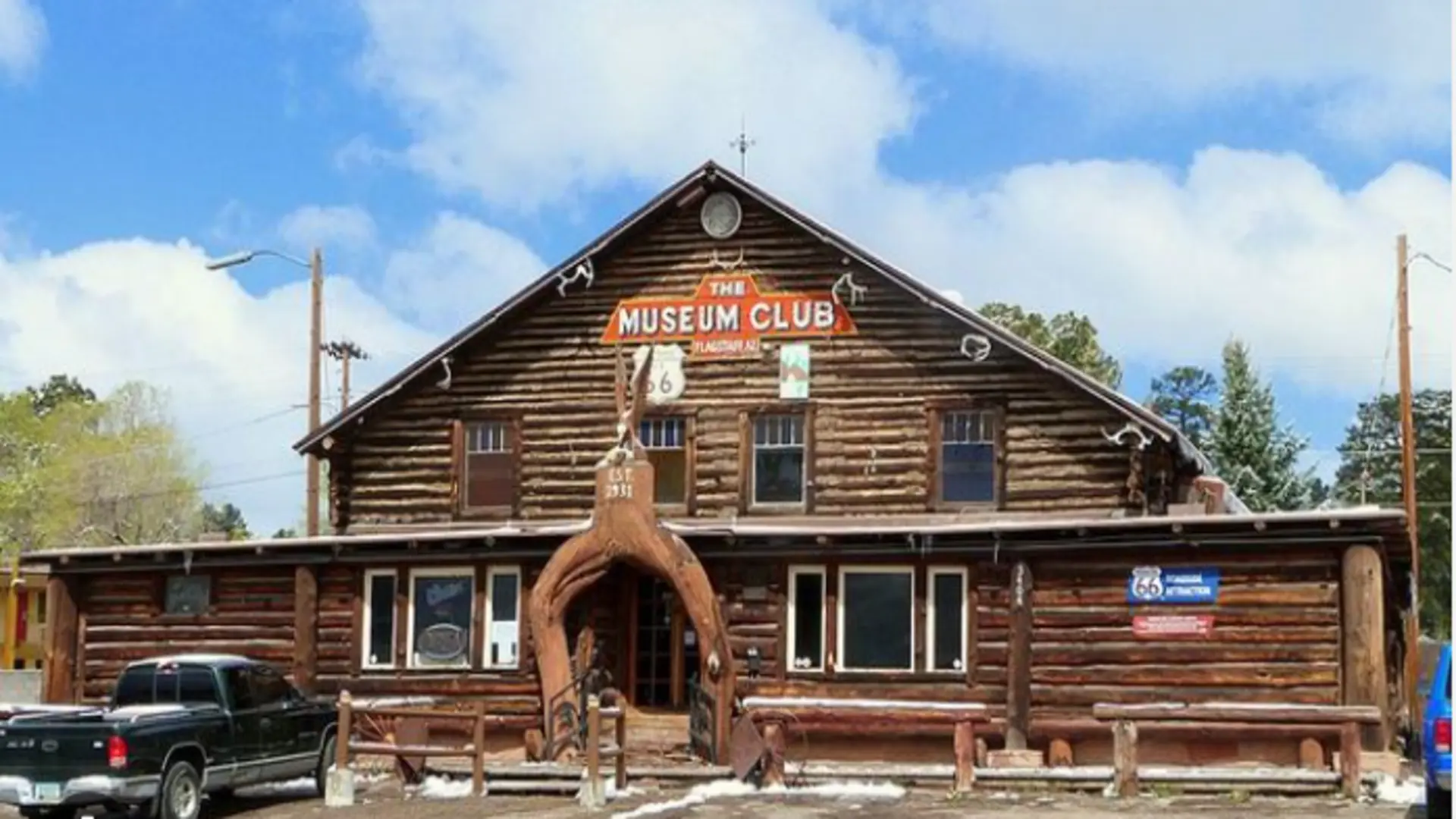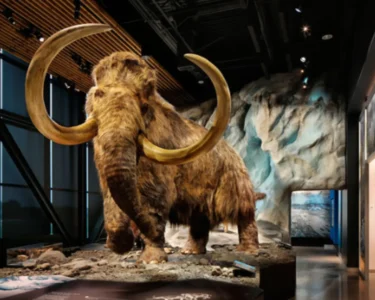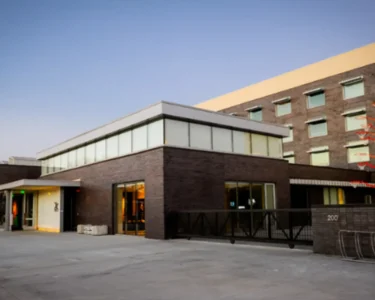Museum of Northern Arizona serves as an invaluable resource in Phoenix. As a repository of Indigenous materials and natural history specimens from Colorado Plateau region, it serves as an indispensable repository of history.
However, this museum also serves as a bridge between generations – connecting elders with young people while preserving languages and traditions that might otherwise become extinct. It’s an invaluable place that everyone should visit!
Ethnology Gallery
Few museums rival the Museum of Northern Arizona when it comes to exploring its natural and cultural history, dating back to 1928. Established as a regional museum, this institution investigates and displays Colorado Plateau biology, geology, anthropology and fine arts collections as well as hosting four weekend-long annual festivals that highlight arts and cultures within this region.
More: Wadsworth Museum | USS Hornet Museum | The Museum of Discovery | The Colorado History | Fayettevilla Museum
Henry and Louise Colton envisioned creating an institution to explore both natural and human history of Flagstaff area. What resulted from their vision was an expansive complex with gardens, trails, exhibits and buildings spread out over 200 acres northeast of Flagstaff.
One of the highlights is the Ethnology Gallery, offering visitors an in-depth exploration of the cultures, traditions, histories and artifacts associated with Hopi, Zuni, Navajo and Pai tribes. The 22 foot timeline depicts their cultural development while there is also jewelry, baskets, pottery vessels and an authentic Hopi kiva room to admire.
Museum of Northern Arizona features not only its anthropology galleries but also other exhibits related to geology and native American culture.
These include state-of-the-art displays in its Geology Gallery about local geology – such as life-sized displays depicting Dilophosaurus dinosaur bones – as well as events and workshops dedicated to these subjects.
The Museum of Northern Arizona serves as an archive for indigenous materials and natural history specimens from Colorado Plateau region.
This unique museum is the result of more than a century of scientific study; government-sponsored road and railway surveyors first came to study this region during 1850s and their reports of its unique environs inspired other scientists to investigate further.
The museum houses over 300 manuscripts and 250,000 photographic images among its collections.
Archives have recently moved from Colton Library to Easton Collections Center – offering invaluable resource to researchers interested in ethnography or natural history of the area; for instance they give insight into Hopi culture development or marketing jewelry by Hopis in Japan.
Natural History Gallery
This museum houses an expansive collection of artifacts and exhibits, along with a library and research center. Housed within an historic building, it is one of Flagstaff’s top museums to visit – its staff are friendly and helpful while admission is always free and open to the public.
The Museum of Northern Arizona was established in 1928 to serve as a repository for Indigenous artifacts and natural history specimens from Colorado Plateau regions. Founders Dr. Harold Colton and Mary-Russell Ferrell both shared an unwavering commitment to preserving local cultures; both experts in their respective fields contributed significantly towards building the museum with its unique blend of natural and cultural exhibits.
Attractions at the Museum of Northern Arizona include its archaeology gallery, which documents over 12,000 years of occupation in the region, and ethnology gallery that highlights 10 Indigenous tribes living here.
There is also an impressive collection of Native American jewelry as well as paintings, sculptures and crafts like carved turquoise from Kingman. Other attractions include an outdoor exhibit of ranching and mining machinery as well as an old railroad caboose from 1923.
Due to all of the information and exhibits being interactive, planning a visit should be carefully thought-out in advance. The museum is open daily with some holidays closed off; for more details, check their website.
The museum provides discounts for students and seniors on admission as well as tours and events. If you want to save even more money when visiting, consider purchasing an annual pass available in multiple locations that allows up to three visits at any one time!
Flagstaff Museum can easily be reached by car from Interstate 17, offering free parking and offering access to an adjoining nature trail. However, be mindful that it closes for New Year’s Day, Thanksgiving and Christmas.
Route 66 Gallery
Sharlot Hall was inspired to establish this museum by her desire to preserve Arizona’s history. She began collecting Native American and pioneer material as well as renovating the first Territorial Governor’s residence and offices for future exhibitions at her museum, as well as renovating and restoring it herself for her collection. Today it serves as a repository for Indigenous artifacts as well as natural history specimens found within Colorado Plateau region.
Flagstaff Museum provides visitors with exhibits and displays designed to educate them about Northern Arizona’s natural history and Native American culture, with exhibits covering anthropology, biology, geology and art exhibited there as well as outdoor displays of indigenous plants and animals native to Flagstaff – even offering a life-size replica of Dilophosaurus dinosaur skeleton! Guests may even spot life-sized dinosaur skeletal models.
In addition to housing historical exhibits, this museum also provides educational programs for both children and adults. There is also a gift shop and cafe on-site; plus staff who are always ready to answer questions or provide more details regarding its exhibits.
MNA was honored to be reaccredited by the American Alliance of Museums in 2025 – an accolade bestowed upon museums that meet rigorous national standards for visitor services and collections care. Peer reviewers noted MNA’s longstanding relationships with regional tribal tribes as well as its interactive Easton Collections Center as qualities they recognized during this process.
The Route 66 Gallery at the museum is dedicated to preserving and displaying artwork inspired by Route 66. Various artists’ work will be showcased regularly; as its inaugural show, Bob Waldmire from Hackberry’s General Store in Kingman will have his pieces on display.
In addition to Route 66 art, the museum also showcases traveling exhibits. It boasts an extensive Native American collection and large library. Daily admission for children under 12 is free; public transport also makes the museum easily accessible – making it an excellent spot for families exploring Route 66 history!
Riordan Mansion
The Riordan Mansion Flagstaff is a museum dedicated to two pioneer businessmen from Flagstaff named Timothy and Michael Riordan, who made significant contributions in lumber, railroad, cattle, banking and political environments of their area.
More: Wadsworth Museum | USS Hornet Museum | The Museum of Discovery | The Colorado History | Museum Northwest
Built in 1904 on an area of 13,000 square feet and designed in accordance with Arts & Crafts principles that promote using local materials while celebrating nature; architect Charles Whittlesey who also created El Tovar hotel at Grand Canyon designed this mansion as well.
The building, nestled amidst towering Ponderosa pines in Flagstaff’s heart, offers visitors plenty of activities and things to see at this museum. Guided tours are offered throughout the day for visitors looking to learn more about its history while the collection holds many significant artifacts that represent its family’s legacy.
Visit the billiard room that once served as an important hub for Riordan brothers’ logging business; now it serves as a popular meeting spot among locals and can offer breathtaking scenery from its perch atop Mansion Row.
This museum pays homage to both the culture and nature of Northern Arizona with permanent exhibits spanning Native American contemporary art as well as geologic features of Colorado Plateau geology. Additionally, temporary exhibitions can also be found within its halls.
The Museum is self-sustaining and operates on donations, admissions fees, gift shop sales and special events; its funding comes from private donors, the Arizona State Parks system and Riordan Action Network.
Open Monday to Saturday between 10 AM and 4 PM with most state holidays closed; admission costs $15 for adults while children ages 10 or over cost $10; Native Americans over the same age receive free admission. No pets are permitted on property; parking is free nearby while picnic tables provide space to gather.






